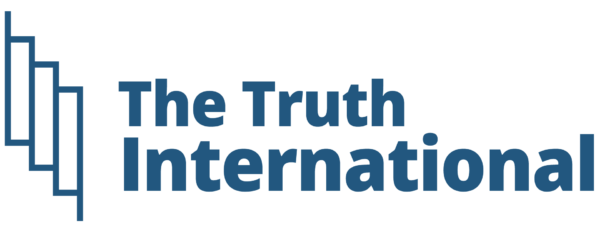ISLAMABAD: Prime Minister Shehbaz Sharif has constituted a high-powered committee to replicate the Federal Board of Revenue’s (FBR) newly introduced performance evaluation system across all federal ministries and departments.
Buoyed by the success of the FBR’s modernised performance management framework for officers, the premier has directed the committee to devise a phased rollout plan for applying the model throughout the federal bureaucracy.
Chaired by the finance minister, the committee comprises key cabinet members, relevant federal secretaries, the Auditor General of Pakistan, and at least two human resource experts from the corporate sector. According to a government notification issued Tuesday, the committee has been instructed to submit its recommendations within 30 days.
Key Mandate
The committee’s terms of reference include:
- Reviewing the FBR’s performance model—its structure, assessment methods, evaluation criteria, and outcomes.
- Assessing how the model can be adapted and scaled across various ministries, departments, and service groups.
- Identifying legal and administrative amendments required for implementation.
- Formulating standardised evaluation tools, feedback mechanisms, and performance indicators to ensure transparency, fairness, and accountability.
- Proposing institutional mechanisms, training needs, digital systems, and safeguards to ensure a secure and effective 360-degree assessment process.
- Developing a step-by-step rollout plan, including pilot testing in selected ministries and a timeline for full-scale implementation.
A Shift from Outdated Practices
The move comes after the successful internal rollout of the FBR’s reformed evaluation model, which replaced the outdated Annual Confidential Report (ACR) system — long criticized for its lack of objectivity.
Under the previous model, nearly all officers were consistently rated as “outstanding” or “very good,” and 99% received top marks for integrity. The new system, however, introduces a more rigorous, merit-based approach.
Performance assessments are now conducted biannually using a digital platform, and officers are rated on a curve from “A” to “E,” with each category representing 20% of personnel. Only high performers will qualify for enhanced financial incentives, aligning rewards with actual performance and integrity.
According to sources, early results show a significant shift: only 40% of officers were rated in the top tiers under the new model, as opposed to the near-universal praise seen previously.
The model is designed to be secure, tamper-proof, and resistant to political or administrative pressure. The government hopes this system will serve as a cornerstone for broader civil service reforms, ushering in a new era of accountability and meritocracy across federal institutions.










